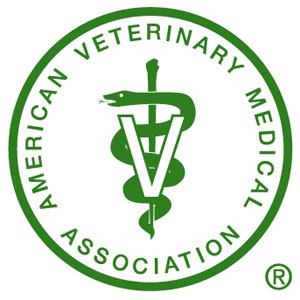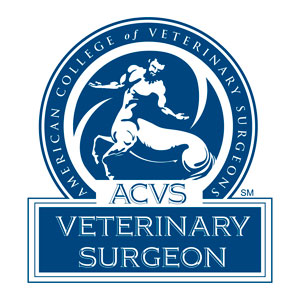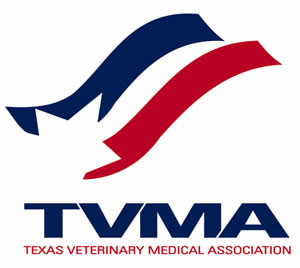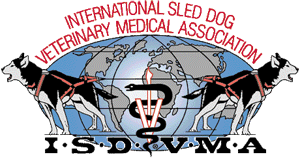TOTAL HIP REPLACEMENT FOR CATS AND SMALL DOGS
Small dogs, and even cats, can have are hip painful problems, such as hip dysplasia, hip coming out of joint, fractures, and developmental problems like avascular necrosis of the femoral head (also called Legg-Perthes Disease), that lead to osteoarthritis (OA). Medical treatment includes the use pain relievers, cartilage protective agents, physical therapy, and dietary restrictions to maintain a lean body condition. Some dogs and cats, just like humans, reach a point when medication for pain is insufficient. Surgical intervention should be considered when clinical signs become refractory to pain management.
The contemporary surgical option to treat hip pathology in small patients is femoral head ostectomy (FHO). Numerous published literature articles about the clinical outcomes of FHO have provided only subjective results, but objective data such as those generated from computerized gait analysis evaluating long-term follow up on large numbers of patients after FHO is sparse. The reported objective data following FHO reveals a high percentage of less than good results1. After FHO, a hind leg length discrepancy exists to a variable degree, hip biomechanical function is severely altered, pain relief is unpredictable, muscle atrophy with weakness is a common long-term outcome, and post-operative recovery is prolonged. On the contrary, published reports of objective measures taken following total hip replacement (THR) consistently document return to normal function.
The goal of THR is a pain free joint that mimics normal biomechanics with excellent long term function. THR is a common procedure used to treat arthritis and other disorders in large dogs, and it is as successful in small patients. Total hip replacement has been available for cats and small dogs since 2005, with implants (Figure 1) and instrumentation designed specifically for small patients.
One of the smallest dogs to receive a THR to date is a 2.45 kg Maltese. The weight range for THR in small dogs is about 2.5 to 12 kg. THR surgery on both hips in dogs (Figure 2) and THR in cats (Figure 3) has been reported in published scientific literature.
The THR surgery technique in small dogs and cats is similar to that for a large dog. The implant components’ profile and design are smaller versions of large sizes for larger dogs. There is nothing unique about the procedure except that the patient, the implants, and the instrumentation are smaller. The complication rate is low.
THR should be considered as a treatment option for small companion animals with hip problems if the long term prognosis for a fully functional, pain free recovery is potentially better than what other treatment options might yield. FHO will continue to be a treatment option for various reasons, including financial considerations.
-
Off W, Matis U: Excision arthroplasty of the hip joint in dogs and cats. Veterinary and Comparative Orthopaedics and Traumatology. 2010, 23:297-305















